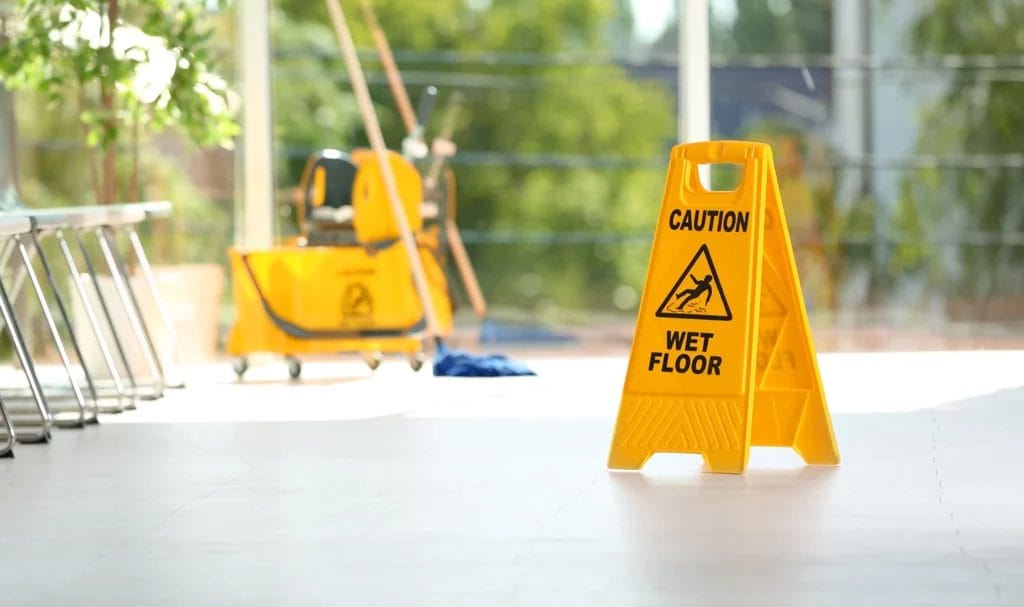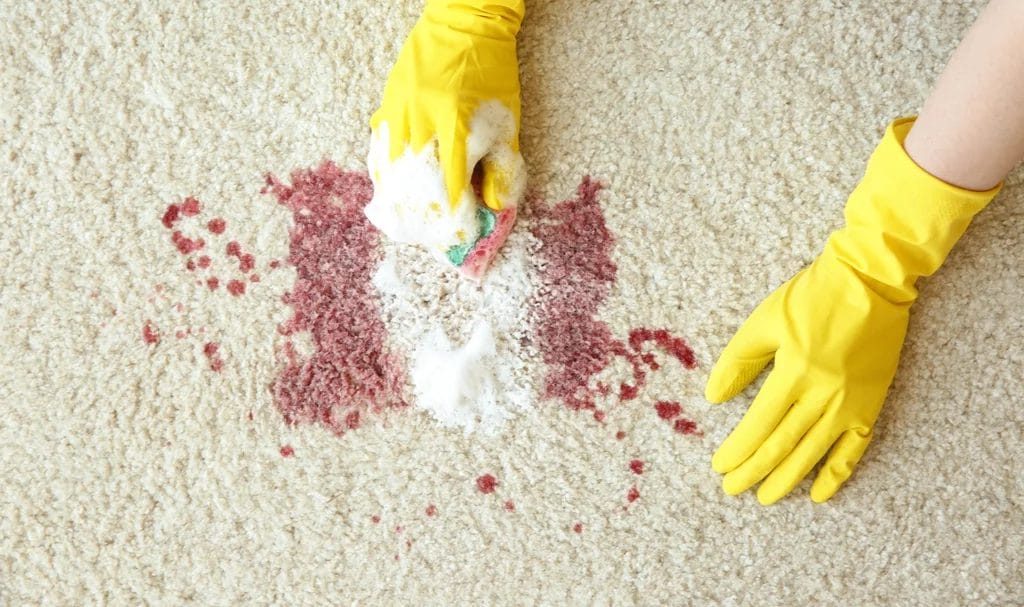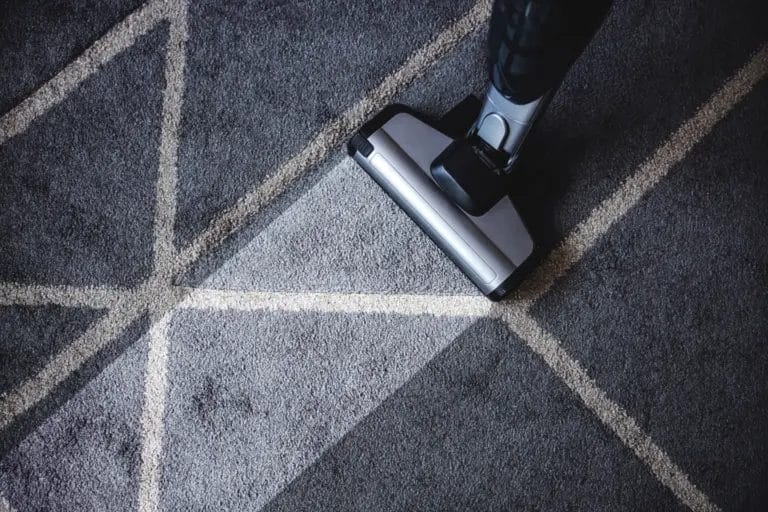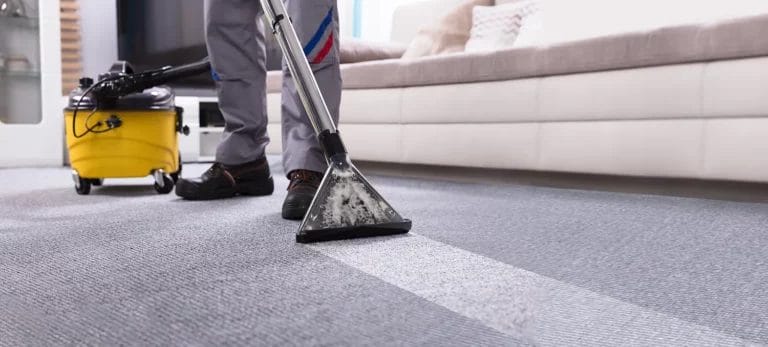A client says you ruined their $2,000 rug. Now what? Well, first things first: take a deep breath. You’re in the professional cleaning business, and sooner or later, a claim is bound to come knocking. It’s not a sign you’re doing it wrong — it’s a sign you’re doing business.
When that time comes, being prepared could mean the difference between a calm, fast resolution… or a denied claim and a massive bill. This guide walks you through:
- Common cleaning insurance claims
- The step-by-step process of filing
- What happens after you file your claim
- Mistakes to avoid (plus how to speed things up)
Understanding Cleaning Insurance Claims
A cleaning claim is a formal request you submit to your insurer to cover losses related to your cleaning work. You may be covered for:
- Property damage (e.g., bleach stains on a client’s rug, broken electronics)
- Bodily injury (e.g., someone slipping on a freshly mopped floor)
- Theft or damage of tools and equipment (e.g., your gear is stolen from your van)
These are usually filed under your general liability insurance or a tools and equipment (aka inland marine) coverage.
3 Real-World Examples
- A customer slips on a freshly mopped floor → claim covered by general liability insurance
- You accidentally break a $1,000 vase → property damage claim covered by general liability insurance
- Someone steals your cleaning gear from your van → theft claim covered by tools and equipment coverage

Why You Need to Prepare for Your First Claim Now (Before It Happens)
Filing a claim can feel overwhelming, especially if you’re caught off guard. A lot of the anxiety comes from not knowing what to expect. If you’re unprepared, that stress only grows when something actually goes wrong.
Being proactive now gives you peace of mind and makes the process much smoother later. Know what your policy covers, what documents you’ll need, and how to file — before you’re in the middle of a crisis.
When the time comes, act fast. If someone is injured, property is damaged, or you suffer a business loss tied to your policy, don’t wait. File within 24 to 48 hours whenever possible. Waiting too long can weaken your case, delay reimbursement, or even lead to a denial if you miss reporting deadlines.

Steps to Take to Handle Your First Cleaning Claim
Immediately after an incident, begin documenting everything. Take clear photos or videos of the damage, gather witness statements if available, and write a detailed account of what happened, including the date, time, and location.
If the situation involves a crime (such as theft or vandalism), contact law enforcement and file a report. Claims involving theft often require a police report to be considered valid, and failing to document the incident properly could result in a denied claim.
Step 1: File the claim paperwork
Log in to your account → Go to “Manage Policies” → Click “File a Claim”
Fill out all the required fields, including the policy number and a clear description of what happened. You don’t need to upload documents yet, but it helps to have them ready.
Step 2: Submit the evidence
Upload your evidence:
- Photos / videos of the damage
- Signed contracts or service receipts
- Any client communication (emails, texts)
- Police reports (for theft)
The more organized and clear your materials are, the faster your claim can be processed.
Step 3: The adjuster assesses the claim
A claims adjuster will contact you and may ask for more details or documentation. They’ll review your policy coverage against what happened. This is where timely communication and cooperation really matter.
Why this matters: The faster and clearer your responses are, the less likely your claim is to get delayed. Adjusters are juggling multiple claims, so helping them help you speeds things up.
Step 4: Approval or denial of the claim
The adjuster will notify you of the decision:
- Approved: You’ll receive details about your payout
- Denied: You’ll get a written explanation, and you can appeal if you believe it’s incorrect
Step 5: Payment and follow-up
If approved, funds are typically issued via check or direct deposit, minus your deductible. In some cases, the payment may go directly to a vendor or third party.
Example: Let’s say you caused $1,500 in damage, and your deductible is $500. Your insurance would pay $1,000, and you’d cover the $500 out of pocket.
Pro Tip: Keep copies of all communication and check in on your claim status regularly.

What Happens Behind the Scenes After You File?
Here’s what you don’t see: once your claim is received, it is reviewed by a trained claims adjuster. Their job is to evaluate the evidence you submitted and confirm whether the claim is valid and falls within your policy terms.
Your claims adjuster matches the facts to your policy language and exclusion list. They assess risk, request more info, or escalate it to legal review (in complex cases).
During this time, you’ll receive periodic updates on your claim’s status. Most claims are resolved within a few weeks, while more complex cases may take several months to fully process.
Did You Know?
An exclusion is something your policy doesn’t cover, even if it seems related. For example, intentional damage or using unapproved chemicals might be excluded. Read your policy carefully or ask your insurer what your exclusions are.

Top Mistakes First-Time Filers Make (+ How to Avoid Them)
Over the next decade, 40% of small businesses will file an insurance claim. That means even if you’ve been lucky so far, the odds aren’t in your favor forever.
Being aware of the most common missteps helps you avoid costly delays and get back to work faster. Here’s what to watch out for and how to prevent these problems.
- Waiting too long to report: Things go smoother when you move fast. Aim to file within 24 to 48 hours — acting early helps your claim stay clear, credible, and on track..
- Not knowing your coverage: Surprises are great for birthdays, not insurance. Check your policy now so you’re not left guessing later. If you’re unsure, our licensed Insurance Canopy agents are ready to help.
- Weak documentation: Good news: your phone is already your best claims assistant. Snap photos, save receipts, and keep records — it’s a small habit now that can save you a ton of stress later.
Don’t Wait for Your First Claim — Get Covered Today!
Accidents happen, even to the most experienced cleaning professionals. Whether you’re a solo cleaner or running a growing crew, Insurance Canopy helps shield your business from financial fallout.
Don’t wait for a client complaint to realize your business is exposed. Get protected, stay calm during claims, and run your business with peace of mind.

Common Questions About Cleaning Claims
How long does a cleaning claim take?
Most straightforward claims are resolved within two weeks. More complex cases involving injuries, third-party involvement, or missing documents may take longer.
How do I file a claim with Insurance Canopy?
- Log in to your customer dashboard
- Go to “Manage Policies,” and click “File A Claim”
- Complete the form
- Wait to be contacted by a claims adjuster within 1 to 2 business days
Can I appeal a denied claim?
Yes. If your claim is denied and you believe the decision was incorrect, you can submit additional documentation and request a second review. Our support team can guide you through the appeals process.





